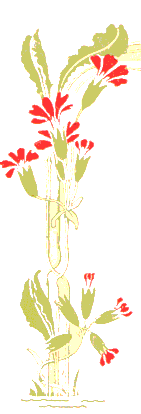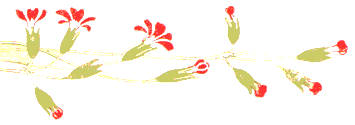

When Brahmam itself is the object, it becomes Jnana. Sravanam, or listening to discourses on Sastra etc., Mananam or calling to mind what has been heard and Niddhyasa or ruminating on things thus recalled to memory... until Bhakthi is fully developed, these have to be gone through without interruption. Instead, bhakthas often deal God in a bargaining spirit or in the spirit of a tradesman! This attitude should be given up. Whoever he is, he should not ask from his God, or Ishtadevatha, anything other than Bhakthi or Prema. If he does he is no true Bhaktha. Uninterrupted flow of Prema towards the Feet of the Lord, that is real Surrender. Such surrender alone guarantees Santhi, and ensures Santhi, the genuine Santhi.
Teaching is of two kinds: Indirect and direct. The teaching through the Vedas and the Vedangas, deduction and induction, reasoning and inference, is, indirect. When this understanding is experienced and realised, it becomes, Direct. The Parabrahma which is Sathyam, Jnanam and Anandam is self-evident and so, its understanding can at best be only, Indirect. Looked at from one point of view, the Brahmam knows neither indirect nor direct. It is unique, being beyond both. To obtain this direct knowledge of the Absolute, the first requisite is Sadhana, and the first step in this Sadhana is the service done to the Sadguru, with full faith and full submission. The Sadguru too should be instructing the Sadhaka always and in simple ways, the nature of Brahmam. When the disciple grasps this instruction, it becomes Parokshajnanam or Indirect Knowledge. This Parokshajnanam itself can be transformed into Aparoksha or Direct Knowledge by constant Manana, or Recapitulation, Turning over in the Manas or Mind. The Indirect Knowledge is as shifting as letters drawn on water, while the Knowledge gained in the Aparoksha way is indelible like letters carved on rock.
When the sound 'horse' is heard, the form of the 'horse' presents itself before the mind; so too, at the word, 'Brahmam', the nature of Brahmam will come into the consciousness. This is what is called Dhyana, by those versed in the Sadhana Chathushtaya, or the First Principles of Sadhana. To be stabilised in Dhyana, the aspirant should cultivate the control of the senses and the passions, that is to say, Sama, and Dama and also, the attitude of acting without any desire for the fruits of action. Whoever is an adept in the Six Qualifications, Sama, Dama etc., can easily see with the mind's eye the swarupa of Brahmam as soon as he hears the exposition of Its nature. Phalabhogaviraga or renunciation of the desire for the enjoyment of the fruits of one's action is also essential. When this Vairagya is rooted deep, the Chitta becomes pure and Uparathi or Withdrawal of the Senses from the objective World is made possible.